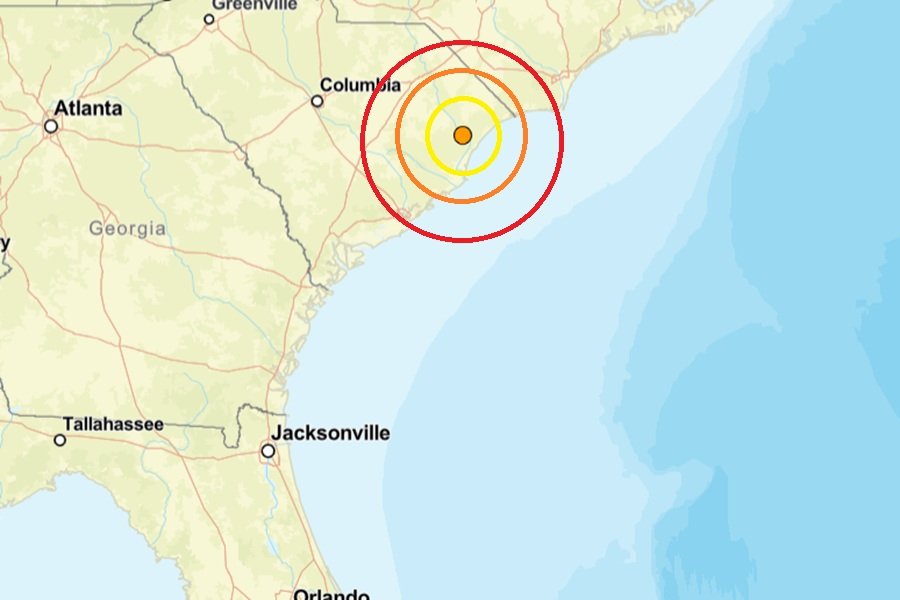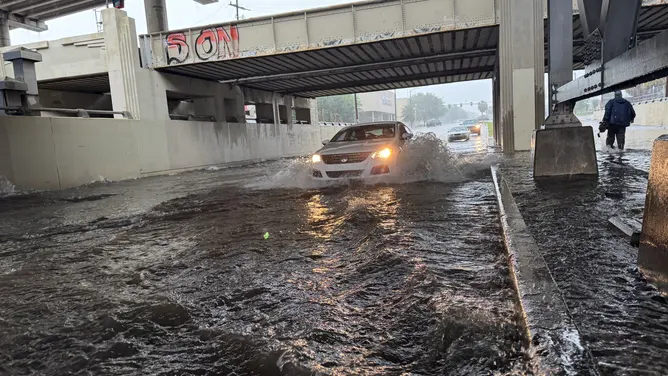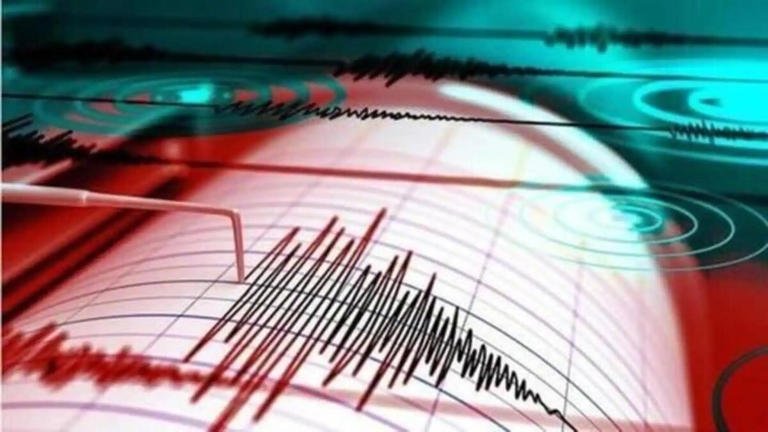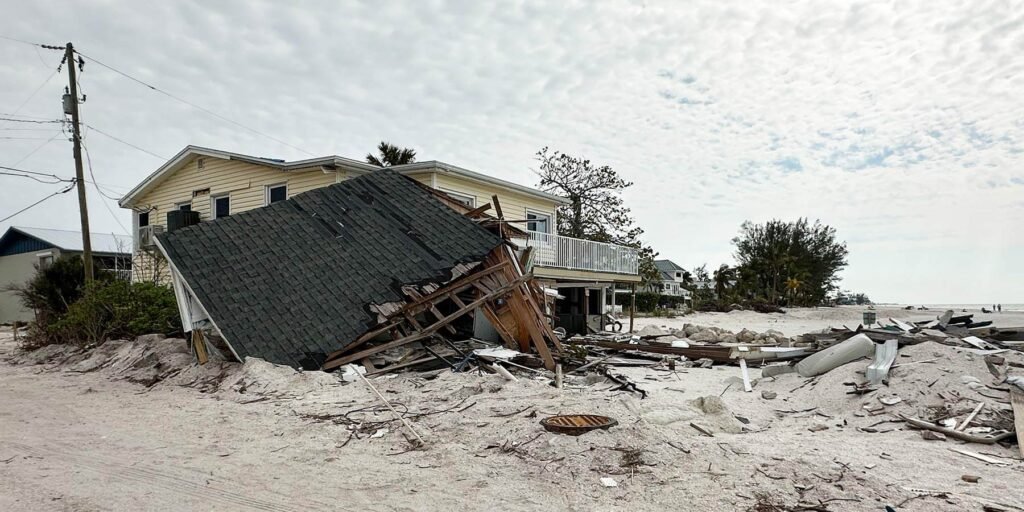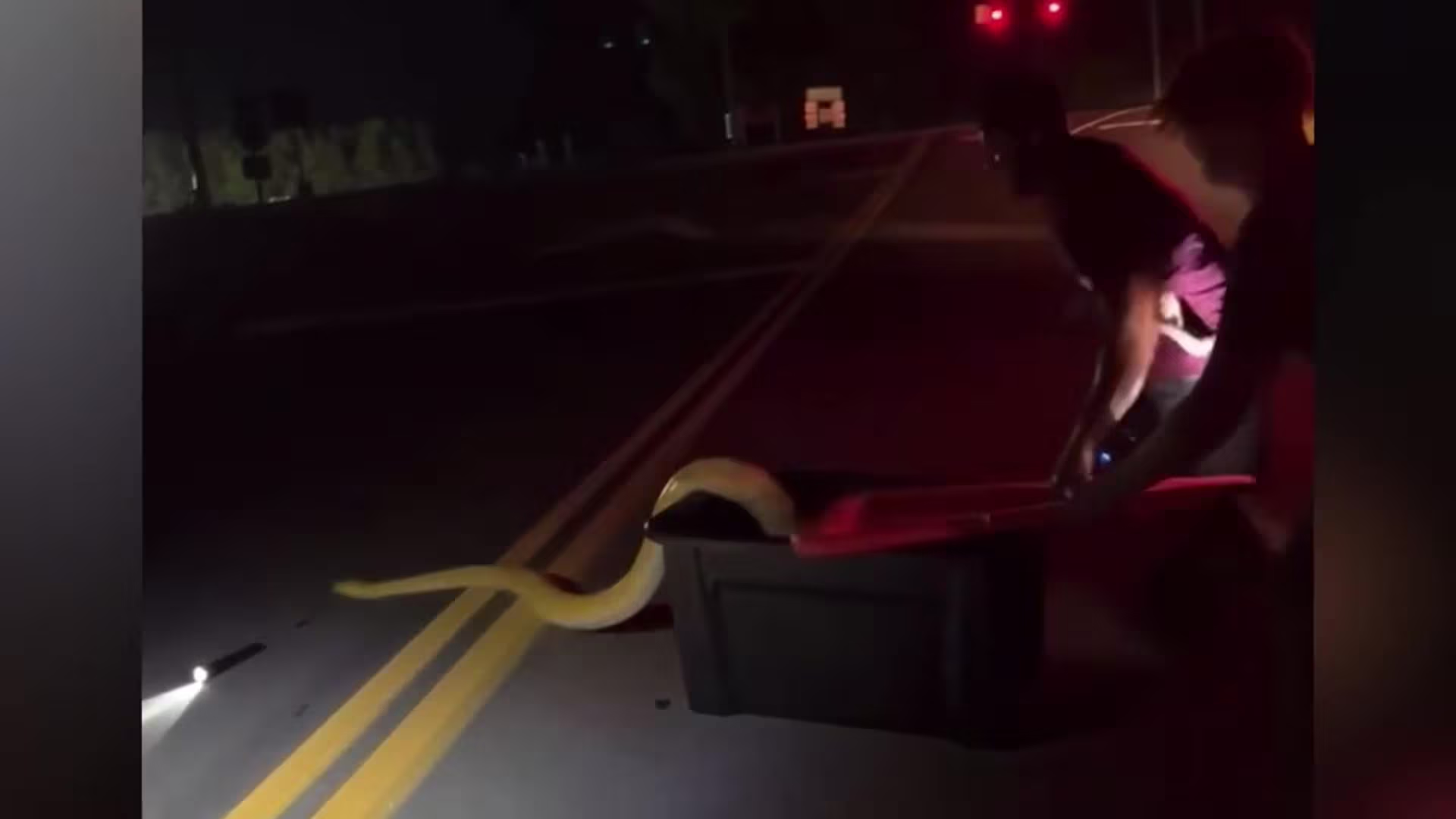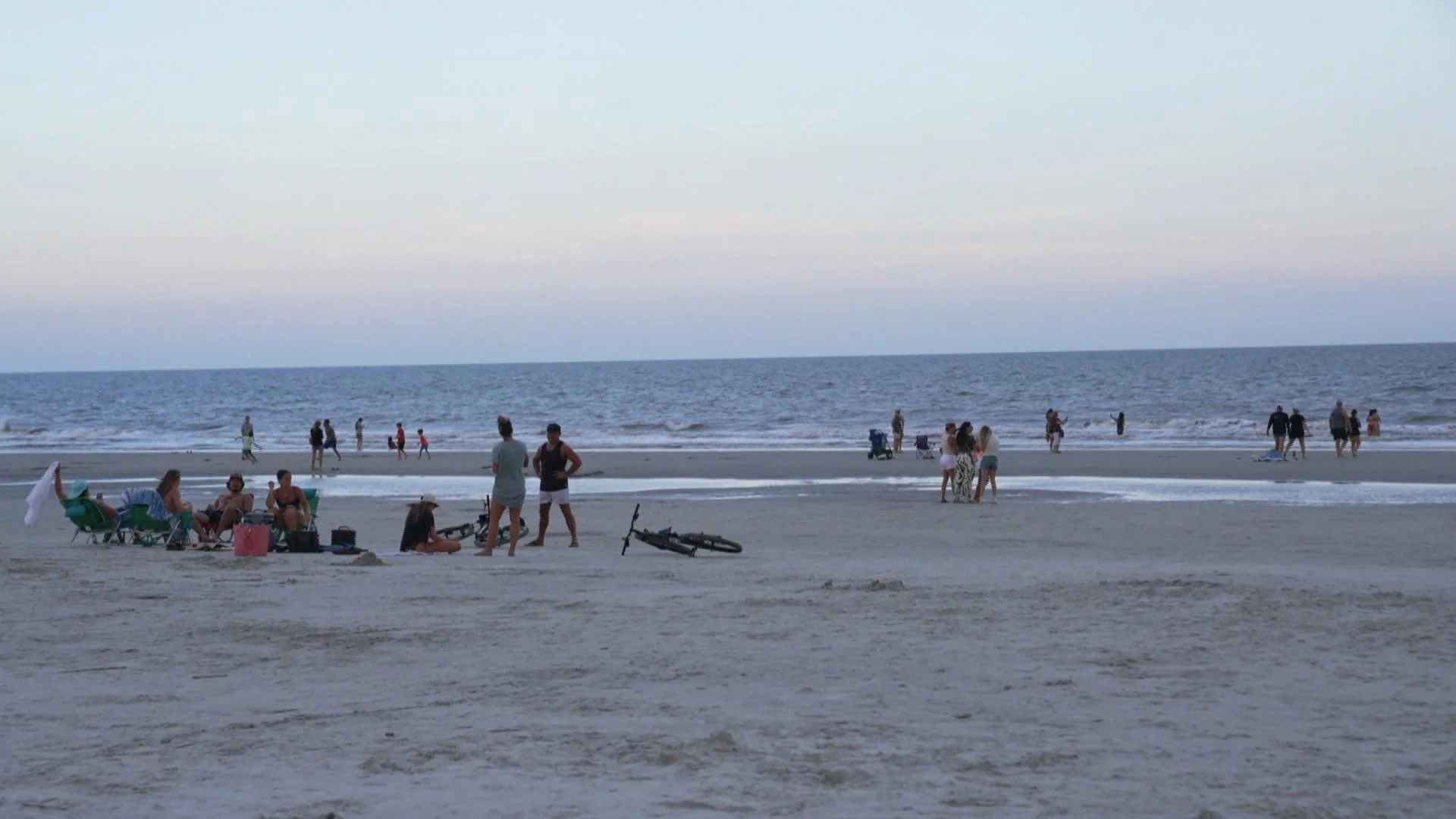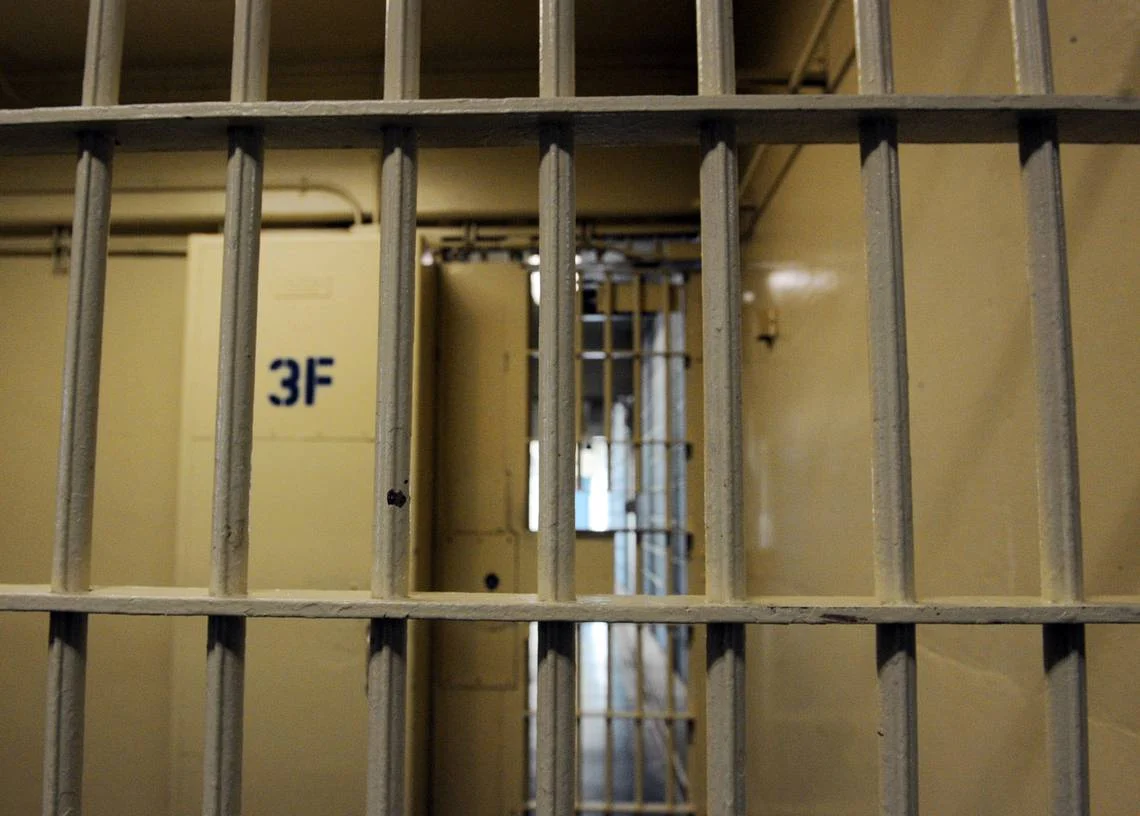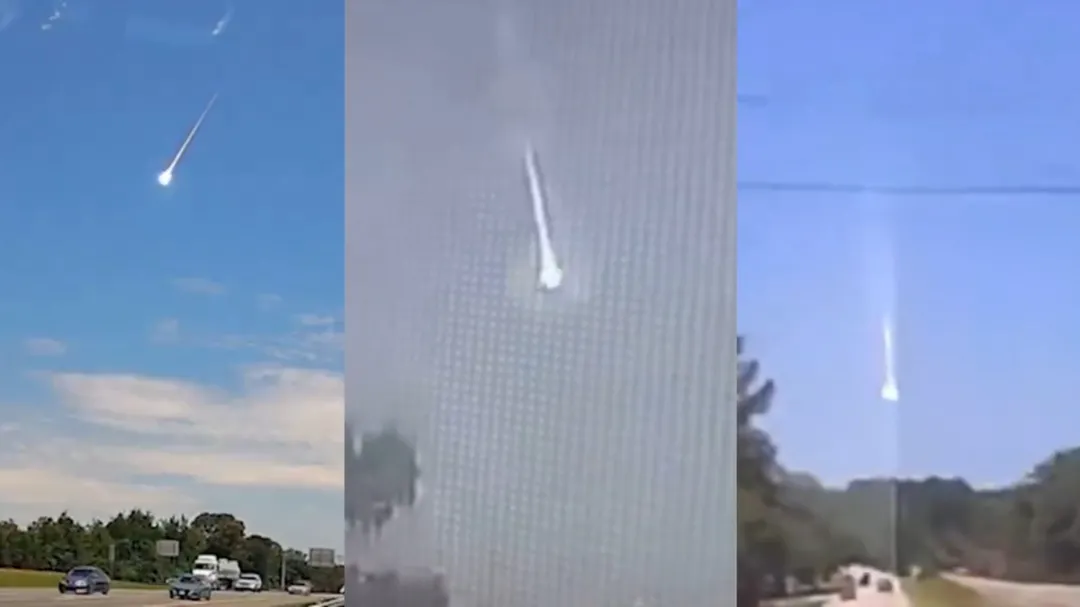S.C. AIKEN.The discovery of radioactive wasps at the Savannah River Site, a large nuclear plant close to Aiken, South Carolina, has been verified by DOE officials.
Radiological Control Operations staff discovered a wasp nest on a post close to a tank within the secure facility just before 2:00 p.m. on July 3, which was an unexpected discovery. Investigation revealed that the nest had a moderately high degree of radioactive contamination, with 100,000 disintegrations per minute (dpm).
Legacy Radiation, Not a New Threat
The U.S. Department of Energy claims that rather than being a sign of a recent radiation release, the nest is an example of onsite legacy radioactive contamination. This indicates that the radioactivity most likely resulted from persistent contamination from the facility’s manufacturing of nuclear weapons during the Cold War.
With the use of pesticide spray, the wasp nest was instantly destroyed. The carcasses were then bagged as radioactive waste by officials to make sure the insects wouldn’t continue to endanger human health or the environment.
No Surrounding Contamination Detected
The surrounding ground and air tested negative for additional radioactive material despite the quantity of contamination in the nest, and no other insects or wildlife were discovered to be impacted. DOE stressed that neither the workers nor the surrounding community were in danger as a result of the incident.
There is no interruption to ongoing energy or cleanup initiatives, and the site is still fully functional. Due to its historic designation as an EPA Superfund site, the Savannah River Site is subject to ongoing environmental monitoring and treatment.
The DOE verified that the event had no effect on any ongoing operations at the facility, as reported by WYFF4.
Background: Savannah River Site
The Savannah River Site, which is more than 310 square miles in size, was first developed in the 1950s to help the U.S. military with its Cold War endeavors by generating tritium and plutonium-239, which are essential components of nuclear bombs.
After the Environmental Protection Agency (EPA) designated the facility as a Superfund cleanup site, the focus changed to environmental remediation in the 1980s. Legacy waste and structural pollutants are still being carefully managed or removed as part of this cleanup.
Are you worried about the safety of the environment around South Carolina’s former nuclear sites? Please share your thoughts or anecdotes with us at SaladaStandard-Sentinel.com.Our goal is to make legacy cleanup initiatives more transparent.

